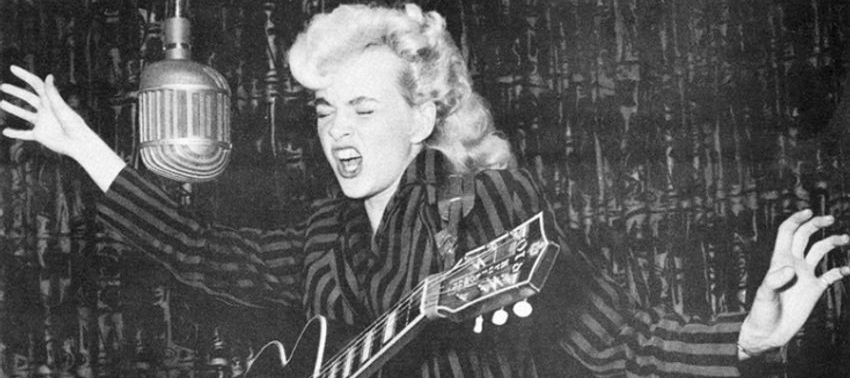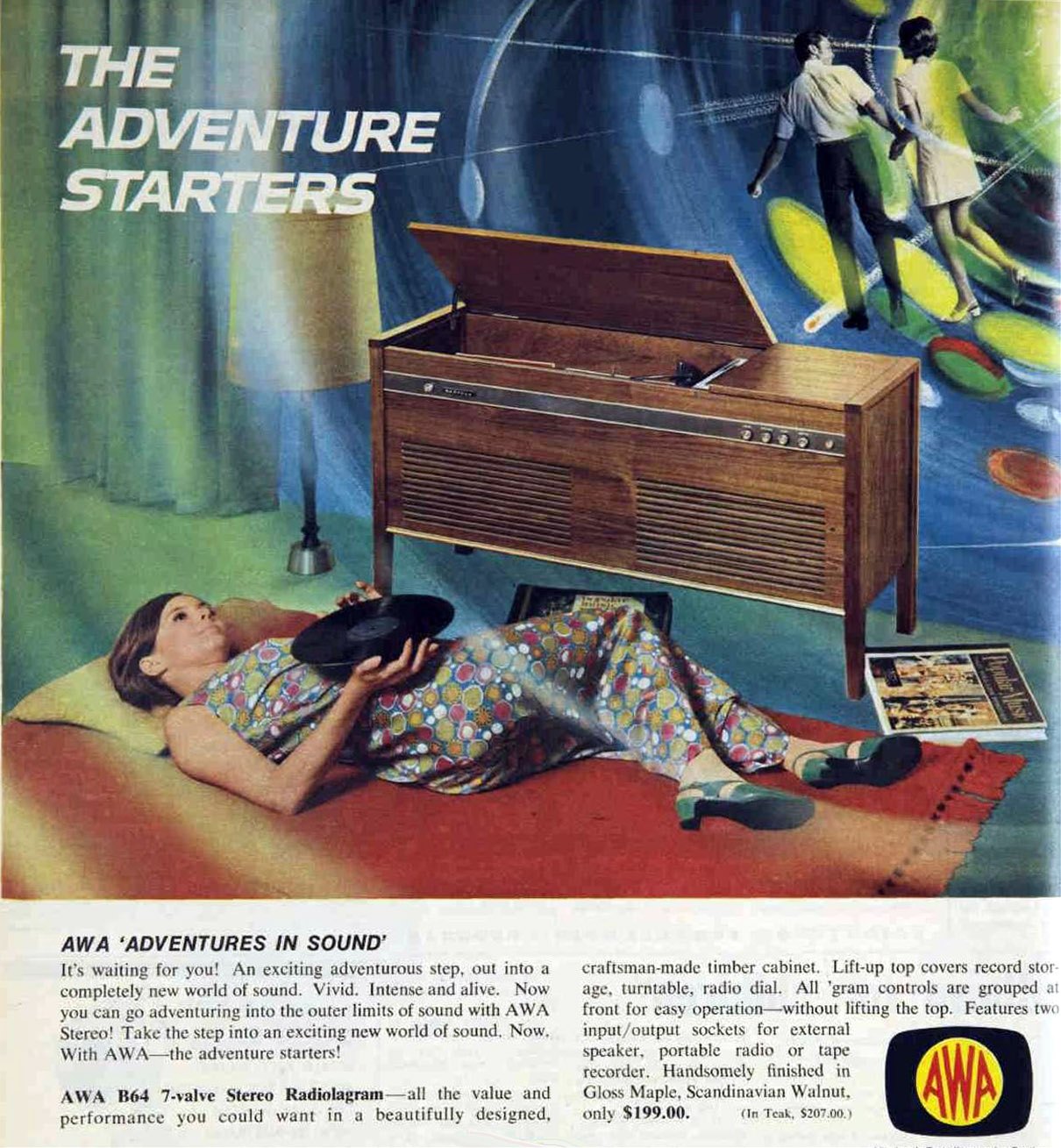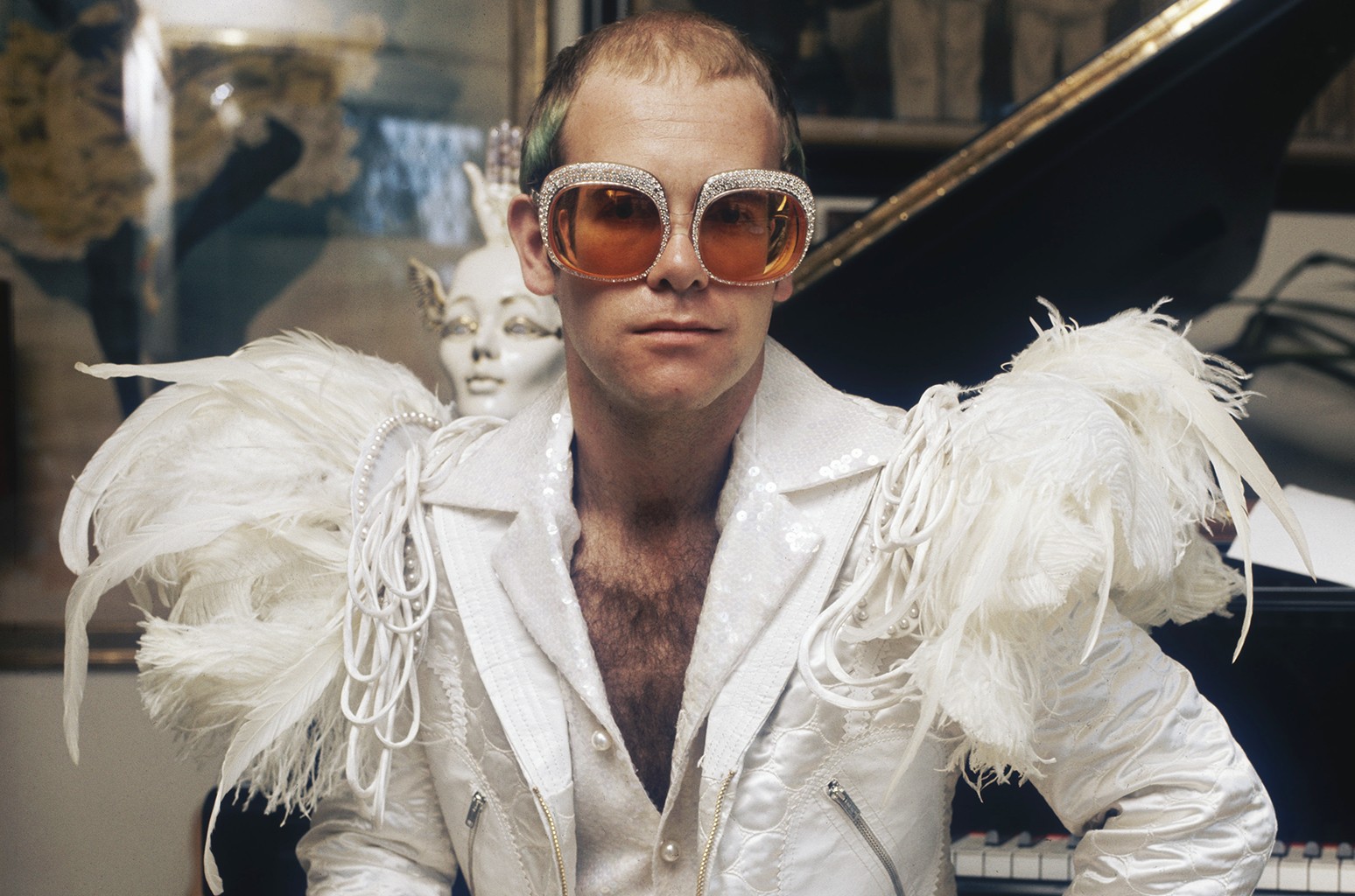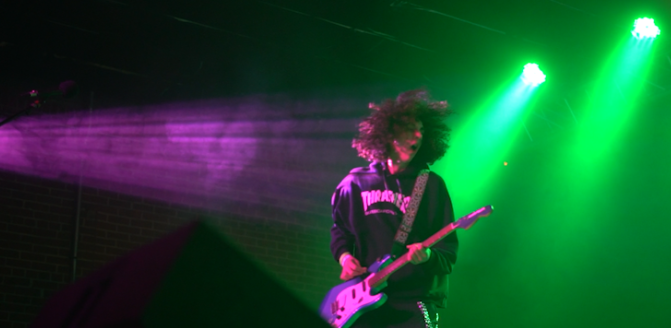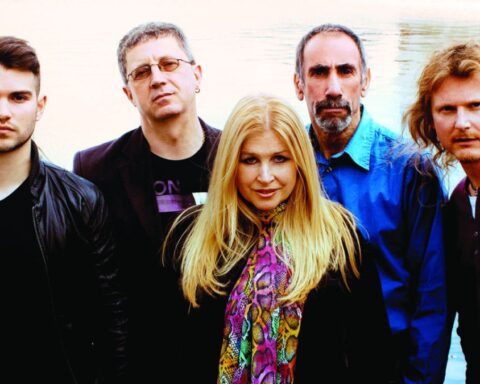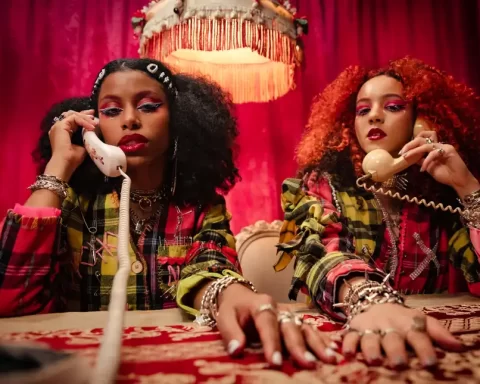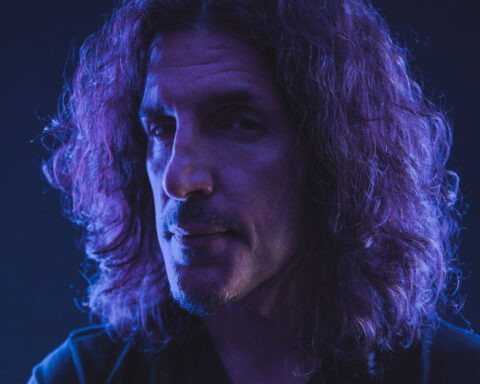In honor of Women’s History Month, I thought it would be fitting to talk about some of the overlooked women who helped create rock. “For sixty years, conventional wisdom has told us that women generally did not perform rock and roll during the 1950s.” Nearly seventy years later, the only women presented to us by the media are half-naked on their covers. Time moves on; however, many things get swept under the rug, like every pioneer before Elvis and, frankly, most women. It’s easy to think nowadays that back then, women played submissive roles as fans, studio audience members, groupies, metaphors of cars, and guitars.
“The reality is, however, that hundreds—or maybe thousands—of women and girls performed and recorded rock and roll in its early years. And many more participated in other ways: writing songs, owning or working for record labels, working as session or touring musicians, designing stage wear, dancing, or managing talent…. [Women’s careers didn’t always resemble those of their more famous male counterparts. Some female performers were well known and performed nationally as stars, while others had more influence regionally or only in one tiny club. Some made the pop charts, but even more, had an impact through live performance. Some women exhibited the kind of wild onstage behavior that had come to be expected from figures Jerry Lee Lewis or Little Richard—but that wasn’t the only way to be rebellious, and others found their own methods of being revolutionary.”
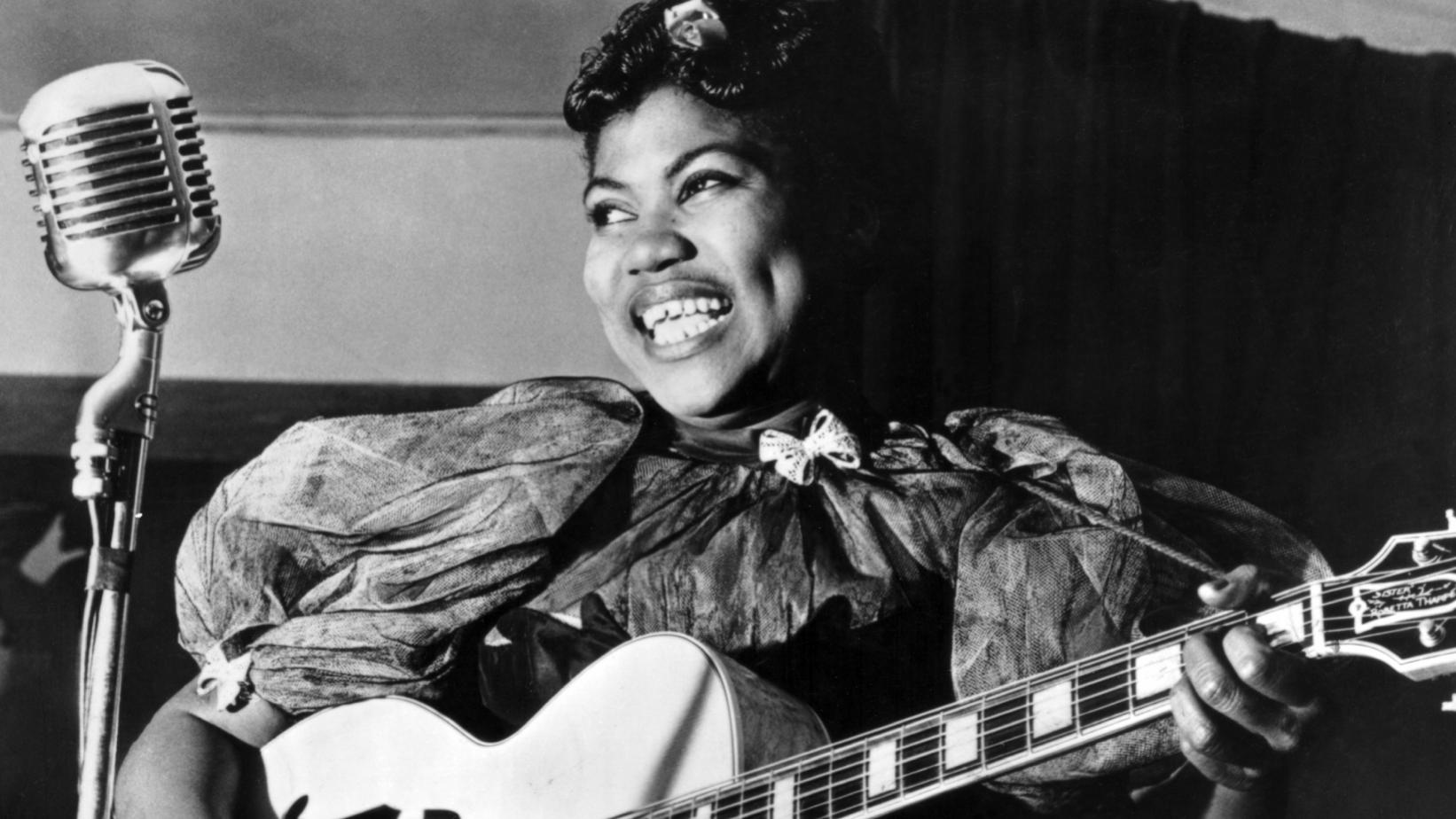
The first woman who comes to mind for me is Sister Rosetta Tharpe. Her distinctive guitar style and melodic blues mixed with traditional gospel music made her a trailblazer. So did the range and depth of her voice. Tharpe was given the title of the “Godmother of rock and roll” because she broke every possible norm. She’s likely my biggest role model, from being a queer woman in the 40s to helping define an entire genre of music. Bonnie Raitt once said, “[Sister Rosetta] blazed a trail for the rest of us women guitarists…She has long been deserving of wider recognition and a place of honor in the field of music history.”

Marie Knight, a dear friend of Sister Rosetta. Mrs. Knight started singing gospel music as a child in the Church of God in Christ, a place that produced most of the dominant voices in gospel music. She joined power with Sister Rosetta in 1946. “They meshed very well,” said Anthony Heilbut, “author of “The Gospel Sound: Good News and Bad Times.” “Marie’s style was plain and understated, but she had a big, beautiful voice. The combination was magic.” Her gospel career was restored after she sang a solo variant of “Didn’t It Rain” on the album “Shout, Sister, Shout: A Tribute to Sister Rosetta Tharpe.”
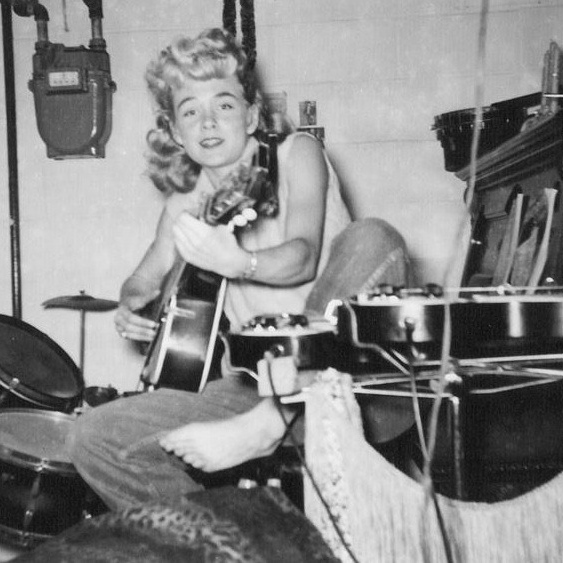
Sparkle Moore. Bill Haley inspired Moore to play rockabilly in her hometown. “By 1957,” writes Branstetter (author of Women in Rock and Roll’s First Wave), “she had about forty songwriting credits to her name.” Teen magazine Dig recorded that Moore had “an amazing resemblance to the late James Dean… Presley’s style and Dean’s looks.” She is still a “favorite with rockabilly fans,” notes her biography. Moore has been inducted into the Iowa Rock and Roll Hall of Fame and made an album in 2010 titled Spark-a-Billy.
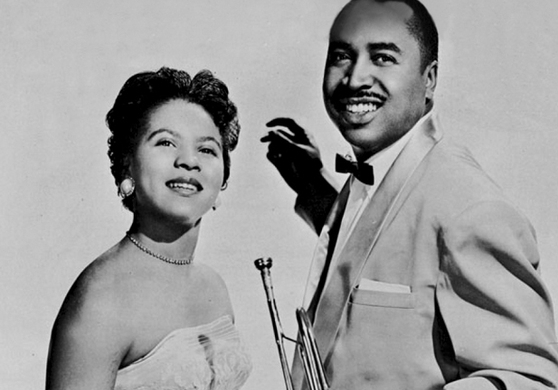 There was also Lillie Bryant, who was half of the duo Billy and Lillie. Their R&B sounds and more wholesome image aligned with early rock and roll fans. She began playing live in clubs as a teenager. Producers Bob Crewe and Frank Slay turned her and singer Billy Ford into a duo who went on to star in legendary DJ Alan Freed’s stage shows, “including a six-week tour with Chuck Berry and Frankie Lymon” and an appearance on American Bandstand. The duo split in 1959, and Bryant struck out on her own, forming a few solo records. Bryant still performs in her hometown of Newburgh, New York.
There was also Lillie Bryant, who was half of the duo Billy and Lillie. Their R&B sounds and more wholesome image aligned with early rock and roll fans. She began playing live in clubs as a teenager. Producers Bob Crewe and Frank Slay turned her and singer Billy Ford into a duo who went on to star in legendary DJ Alan Freed’s stage shows, “including a six-week tour with Chuck Berry and Frankie Lymon” and an appearance on American Bandstand. The duo split in 1959, and Bryant struck out on her own, forming a few solo records. Bryant still performs in her hometown of Newburgh, New York.
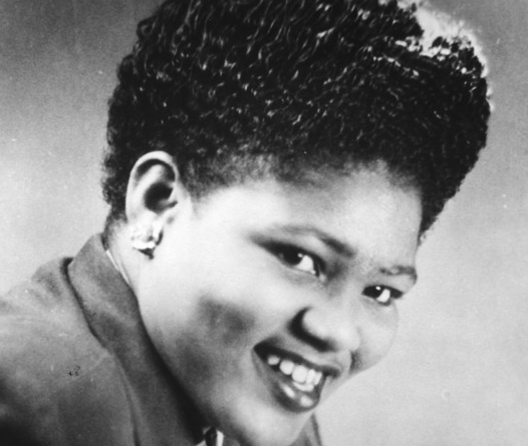 Big Mama Thorton. Willie Mae Thornton (1926-1984) was an important black blues singer and songwriter whose career continued from the 1940s to the early 1980s. She was called “Big Mama” for both her size and her robust, powerful voice. As R&B was “stolen” and turned into “Rock ‘N’ Roll,” Big Mama’s career slowed just after Elvis Persley ripped off her song “Hound Dog.” She was introduced to church music at an early age which later turned into her love for R&B.
Big Mama Thorton. Willie Mae Thornton (1926-1984) was an important black blues singer and songwriter whose career continued from the 1940s to the early 1980s. She was called “Big Mama” for both her size and her robust, powerful voice. As R&B was “stolen” and turned into “Rock ‘N’ Roll,” Big Mama’s career slowed just after Elvis Persley ripped off her song “Hound Dog.” She was introduced to church music at an early age which later turned into her love for R&B.
